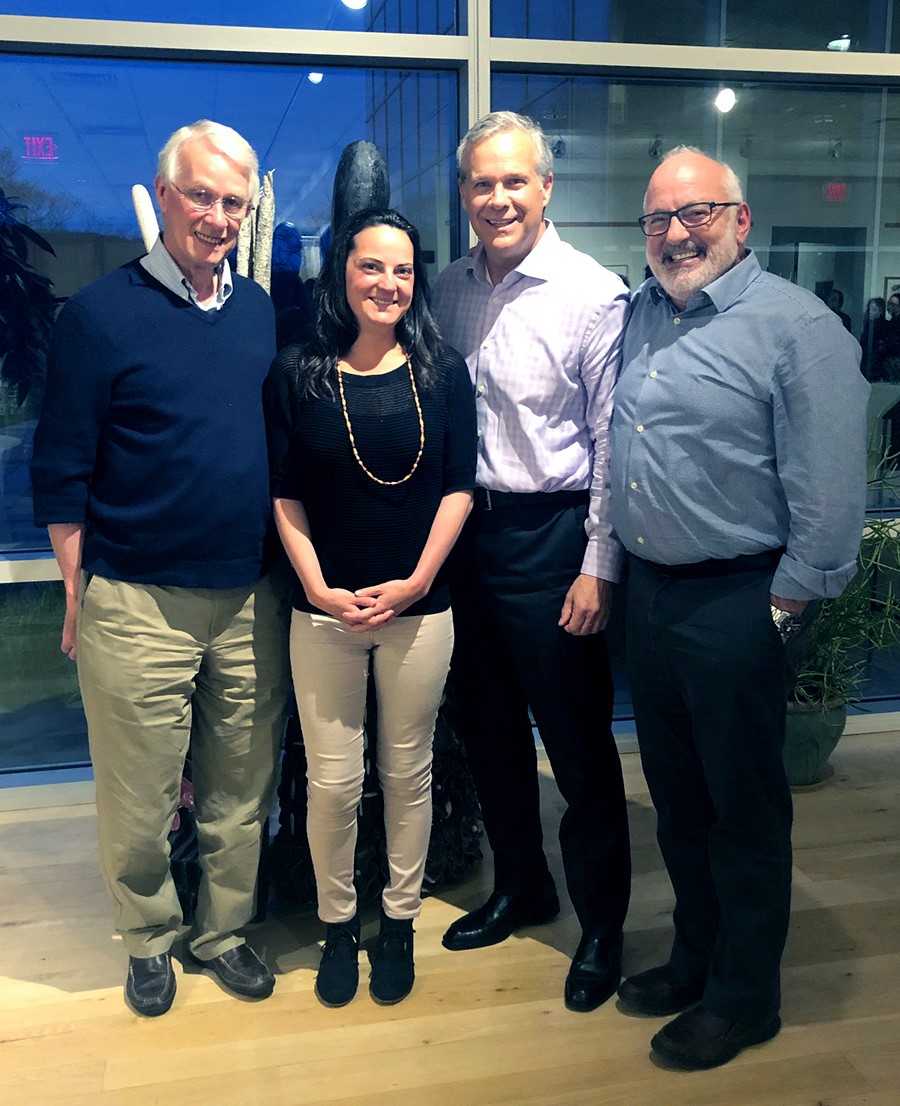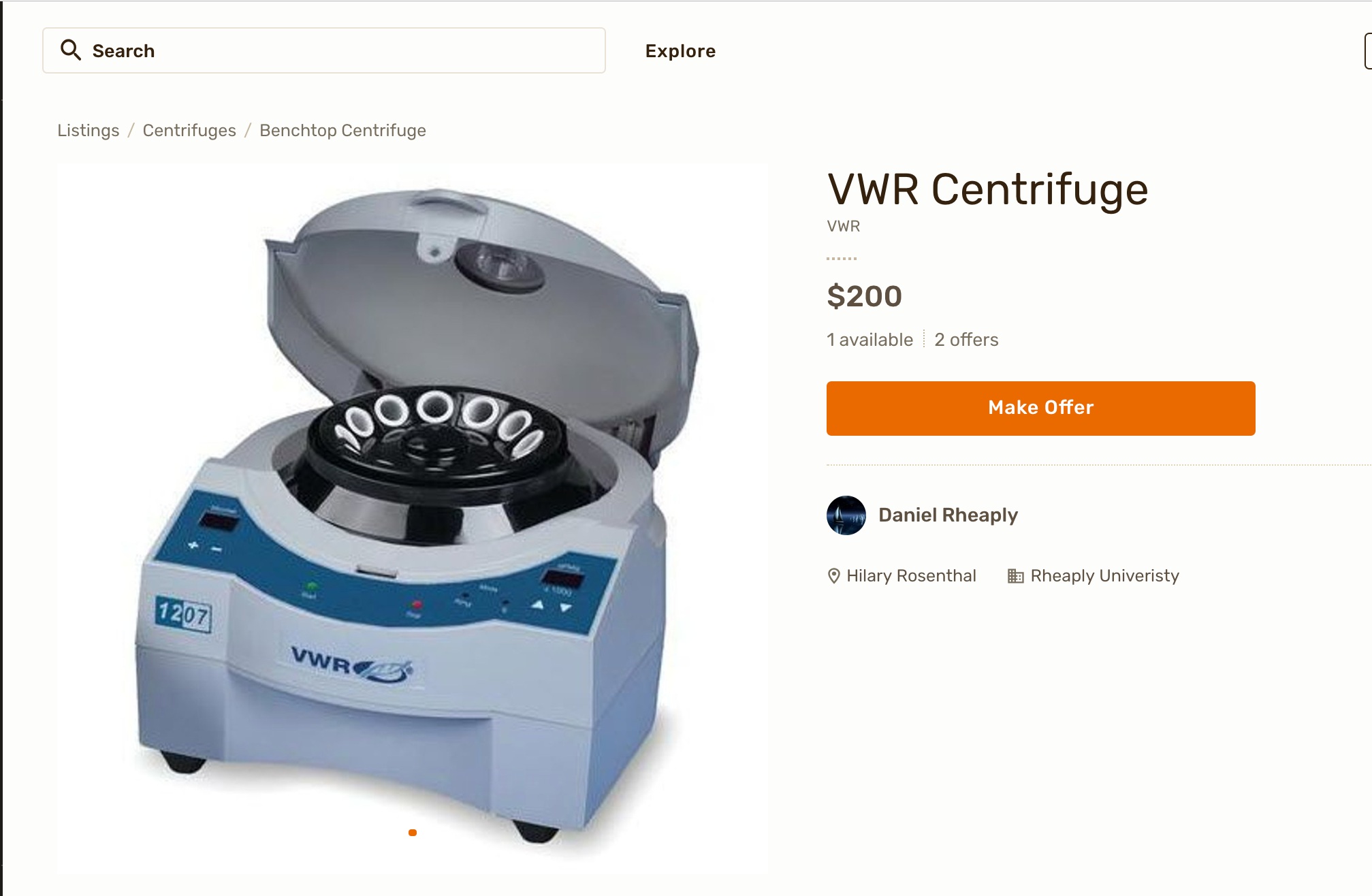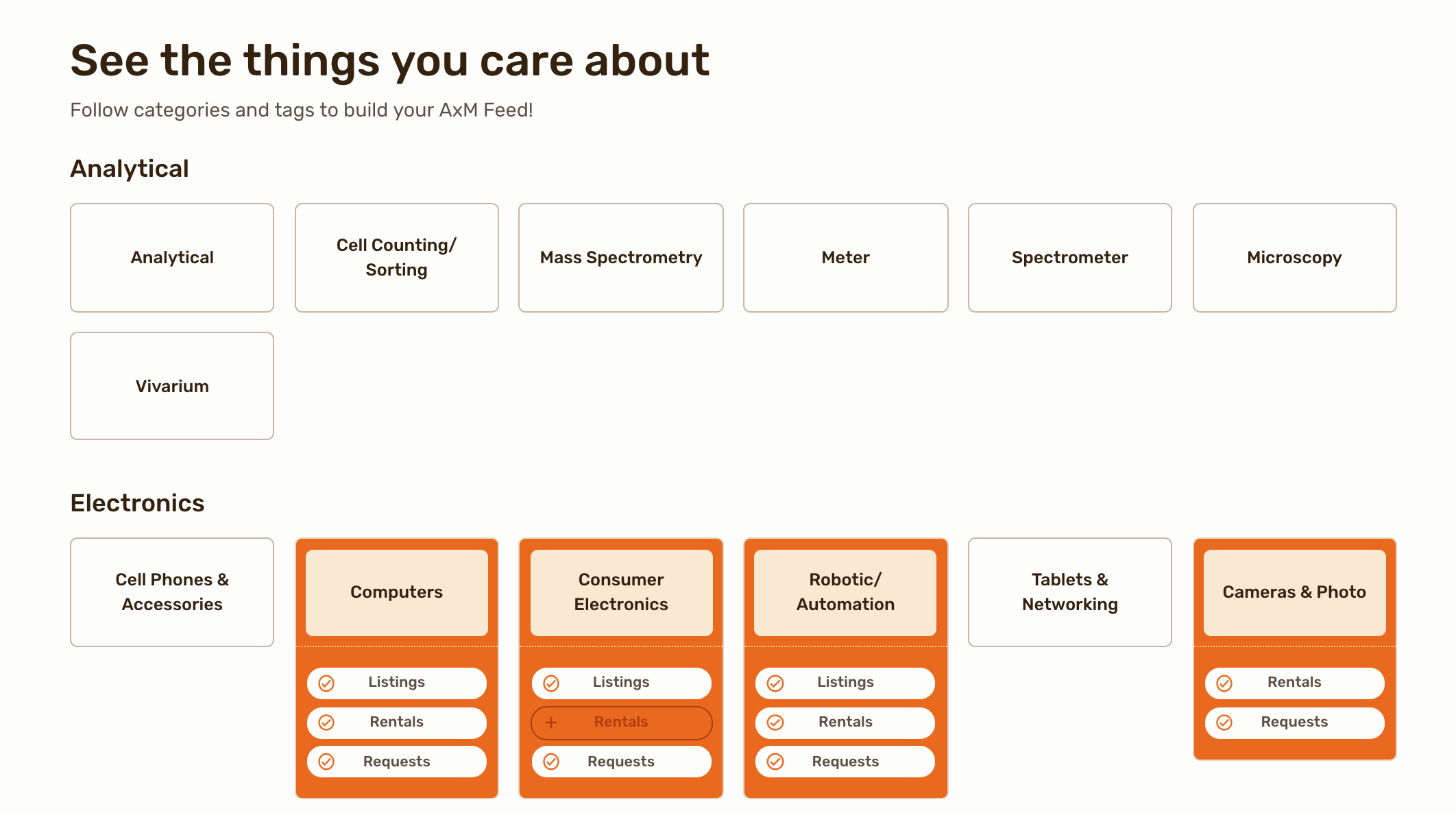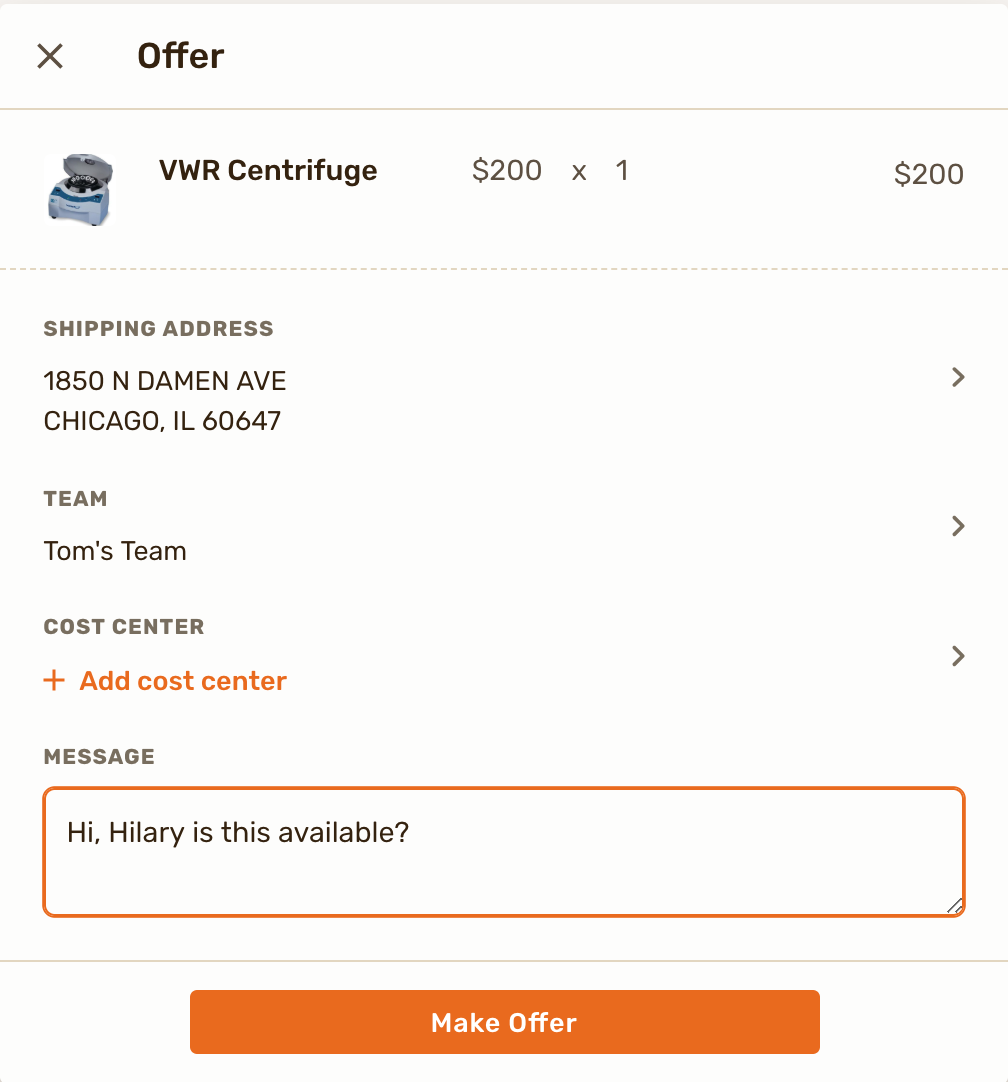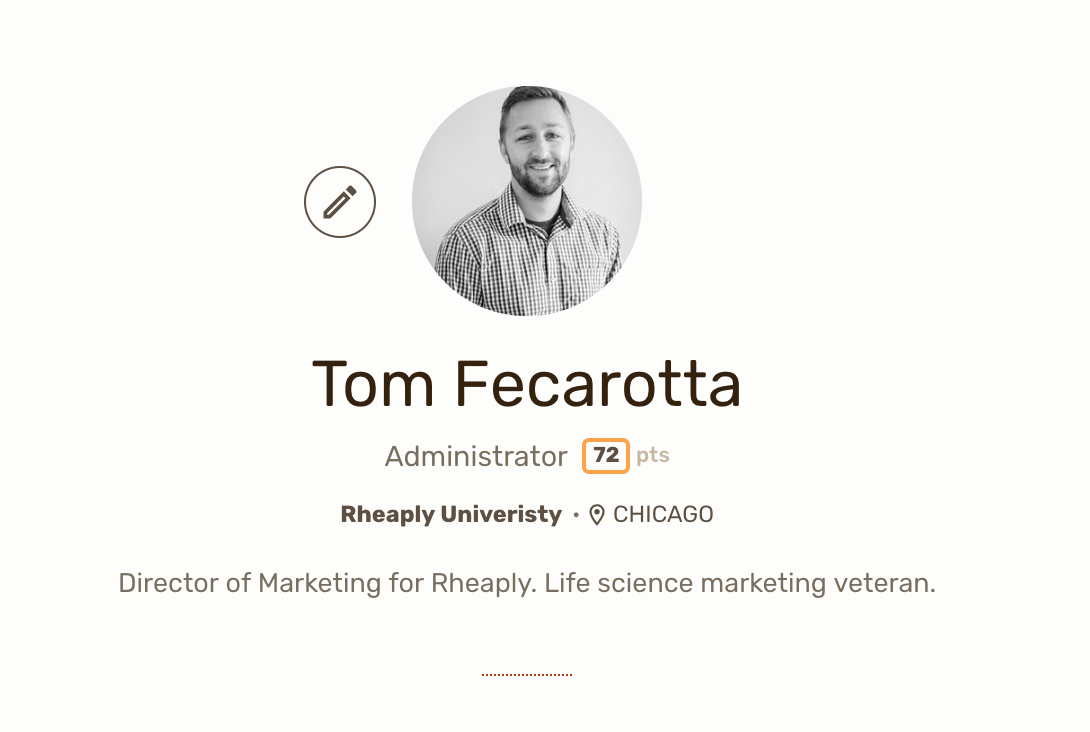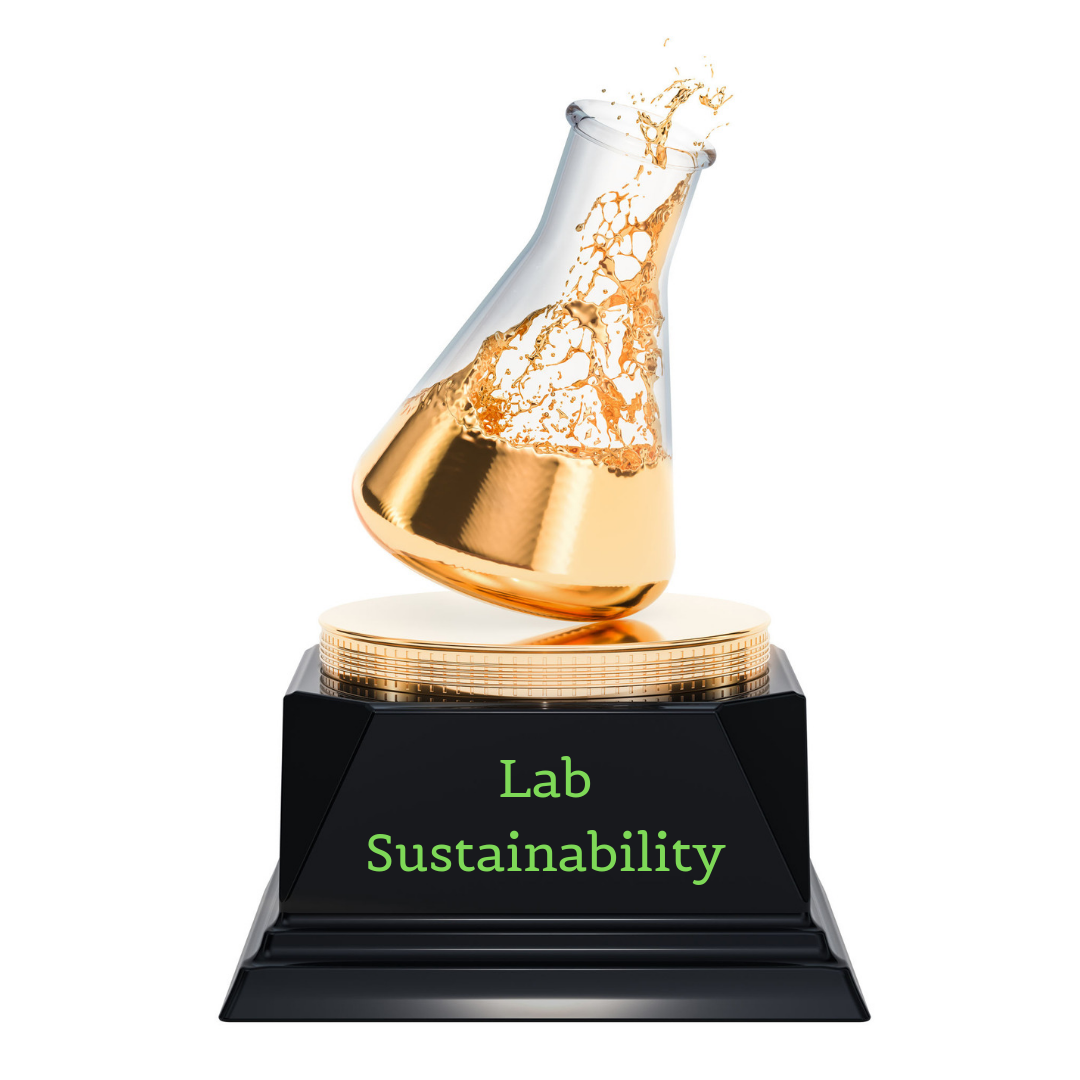Life sciences laboratories are another area in which plastic waste can be reduced. Approximately 5.5 million tons of plastic waste are produced every year in life sciences laboratories alone, including items like pipette tips, nitrile gloves and cell culture flasks. In the age of global waste pollution and the ubiquity of plastic in the world around us, this is definitely too much. It can’t all be changed, but improvements are possible in some areas.
Read MoreRheaply's pitch video for Verge 19's Accelerate competition.
Rheaply’s Virtual Lab Surplus Platform is a semi-finalist for VERGE19 Accelerate
To get to the stage at VERGE, Rheaply is depending on scientific community members (like YOU) to vote by August 30th. This would not only be an opportunity for Rheaply’s platform to be seen by many. It’s a big opportunity to promote awareness of the millions of tons of surplus and equipment that could be shared by scientists across the country.
Read MoreEnvironmental stewardship winner Samantha Romanick with New England Biolabs CEO James Ellard, Executive Director Peter Nathan, PhD and Sir Richard Roberts, PhD Chief Scientific Officer and Noble Prize winner.
Refill not landfill: The Campus Refill Initiative
Molecular biology grad student Samantha Romanick brings environmental stewardship to campuses by advancing re-fill and re-use options for all. Read her interview and watch her talk to learn more!
Read MoreMassBio talks showcase that Massachusetts needs cooperation from biology labs to achieve sustainability
Scientists who incorporate lab sustainability into the culture of life science are doing the right thing for their communities. The Boston area is the proud home to an extraordinarily high number of biologists, pushing the frontiers of science. In a sense it’s quite the contrast, The city is now nearly 400 years old! But, let’s just say that historical construction planners for greater Boston did not foresee supporting so many labs.
Read MoreUsing Rheaply to beat the odds against sharing lab supplies and scientific equipment
Northwestern University has an ace in the hole when it comes to making good use of lab surplus. Labs at the world-renowned Fineberg Shool of Medicine are now connected via a cloud-based resource-sharing technology, called Rheaply. Rheaply combines the ease of use of social media ease with the marketplace functionality of an ebay. No barcode labels necessary!
Read MoreA lively and open discussion on sustainable laboratories with scientists
First off, people were fired up during the panel discussion. It was terrific. The audience and panelists critically examined typical lab practices and the effectiveness of ways to reduce waste. This is a great podcast to listen to over lunch. You can also read the full transcript of the green symposium podcast on the New England Biolabs web site, which includes helpful links to the resources mentioned.
Read MoreOver 50 Cambridge area life scientists attended the Go Green in 2019! event at the thriving biotech hub, LabCentral. Practical information was presented by My Green Lab, Grenova, Triumvirate Environmental, Harvard University’s Office of Sustainability and UMass Medical School’s Growing Green program.
The expert strategies for laboratory waste shared at the Go Green Symposium
Labs worldwide are faced with new challenges for recycling and waste reduction! View these expert talks, and read about their solutions for reducing laboratory waste. Over 50 Boston area life scientists attended the Go Green Symposium to get the latest information on laboratory sustainability.
Read MoreBiotech scaling up Nodax™ a Landfill and Waterway biodegradable, biobased plastic
Today’s blog is about (truly) bio-degradable Nodax™ PHA plastic, produced by the biotech company Danimer Scientific. Nodax™ PHA was invented some time ago, but its commercialization has just been ignited by food industry investments. Expect this bioplastic to spread like wildfire.
Read MoreGreen Labs will recycle any Boston area lab tip box collections with mixes of any manufacturer!
New recycling company Green Labs streamlines Boston lab collections
As the U.S. recycling industry undergoes a transformation, life scientists are looking for trustworthy, local recyclers to meet the challenge of processing lab plastic. Recycling systems work when they are convenient and space efficient. Boston area lab facilities have a new service option that does just that!
Read MoreThe NIH has sustainability goals and considers laboratory efficiency to be an important part of grant applications
It’s no secret that scientific inquiry is dependent on funding. Advances in biomedical research contribute to human health, and are of inestimable value! At the same time, biomedical research is not an inexpensive endeavor. The competition for science funding is fiercer than ever. With green lab initiatives and BETR grants, scientists can boost the impact of their grant dollars, while maximizing their chances to receive awards.
Read More

